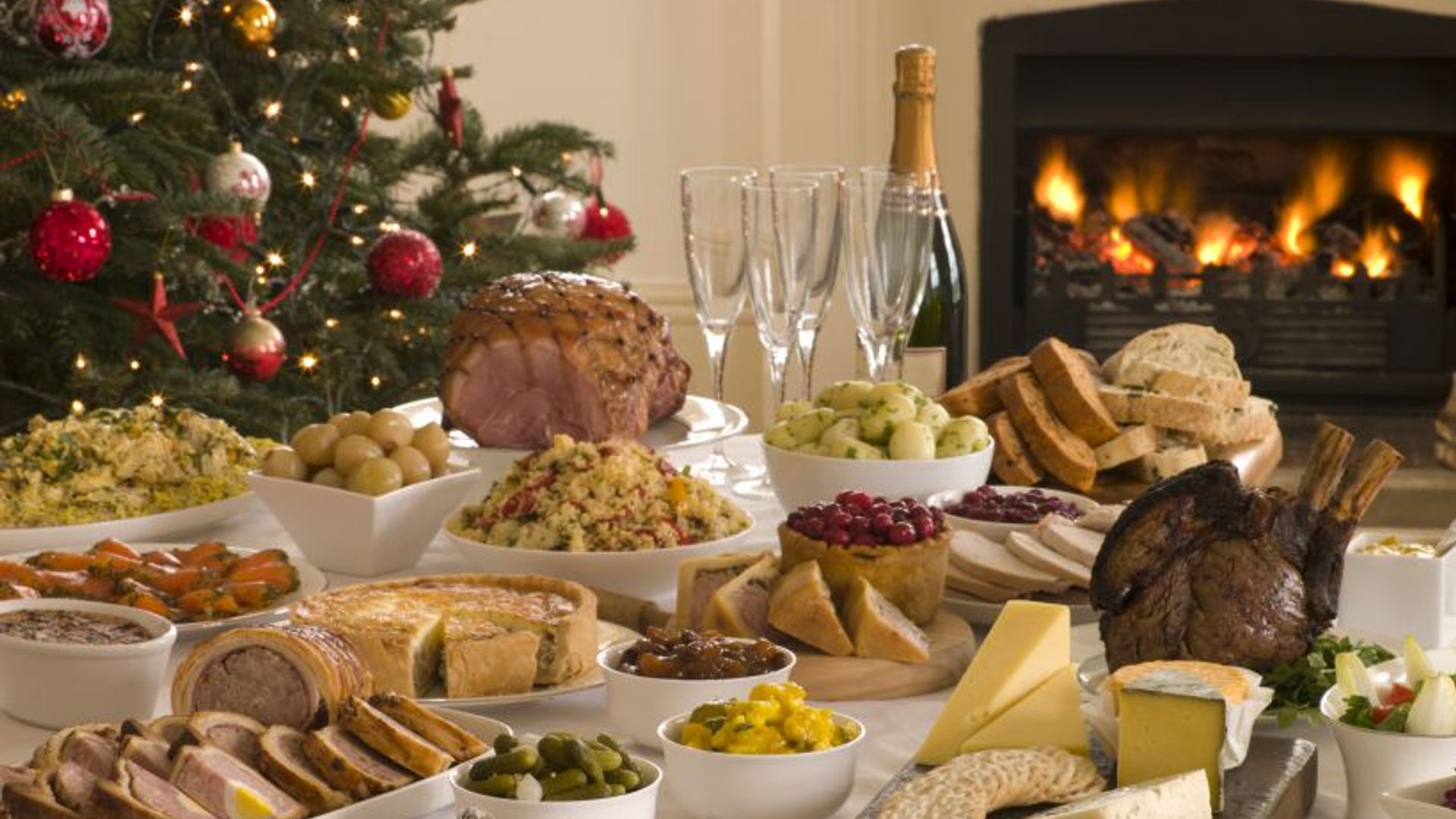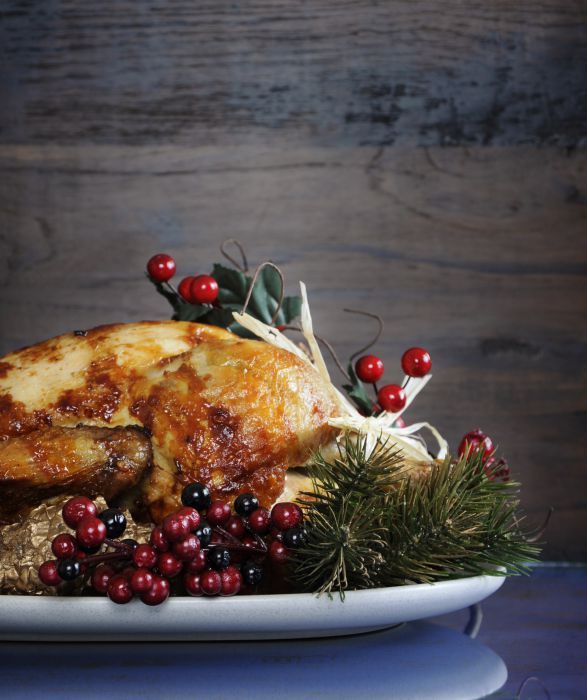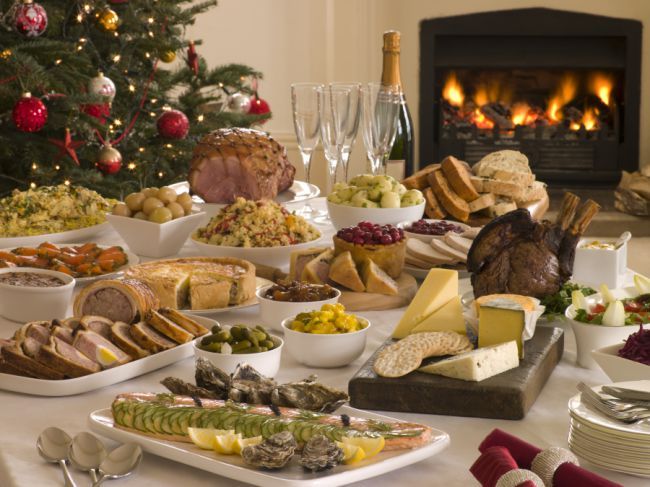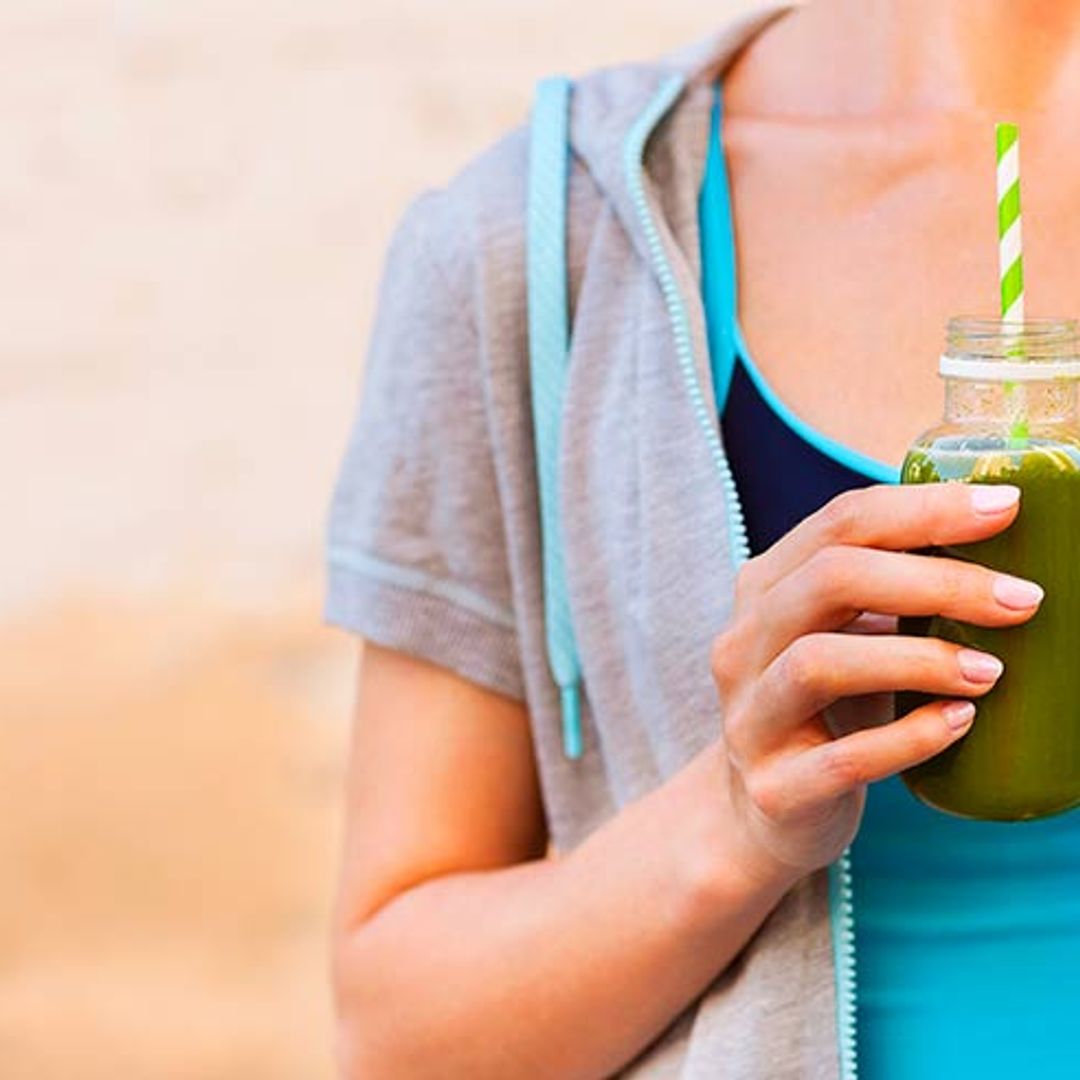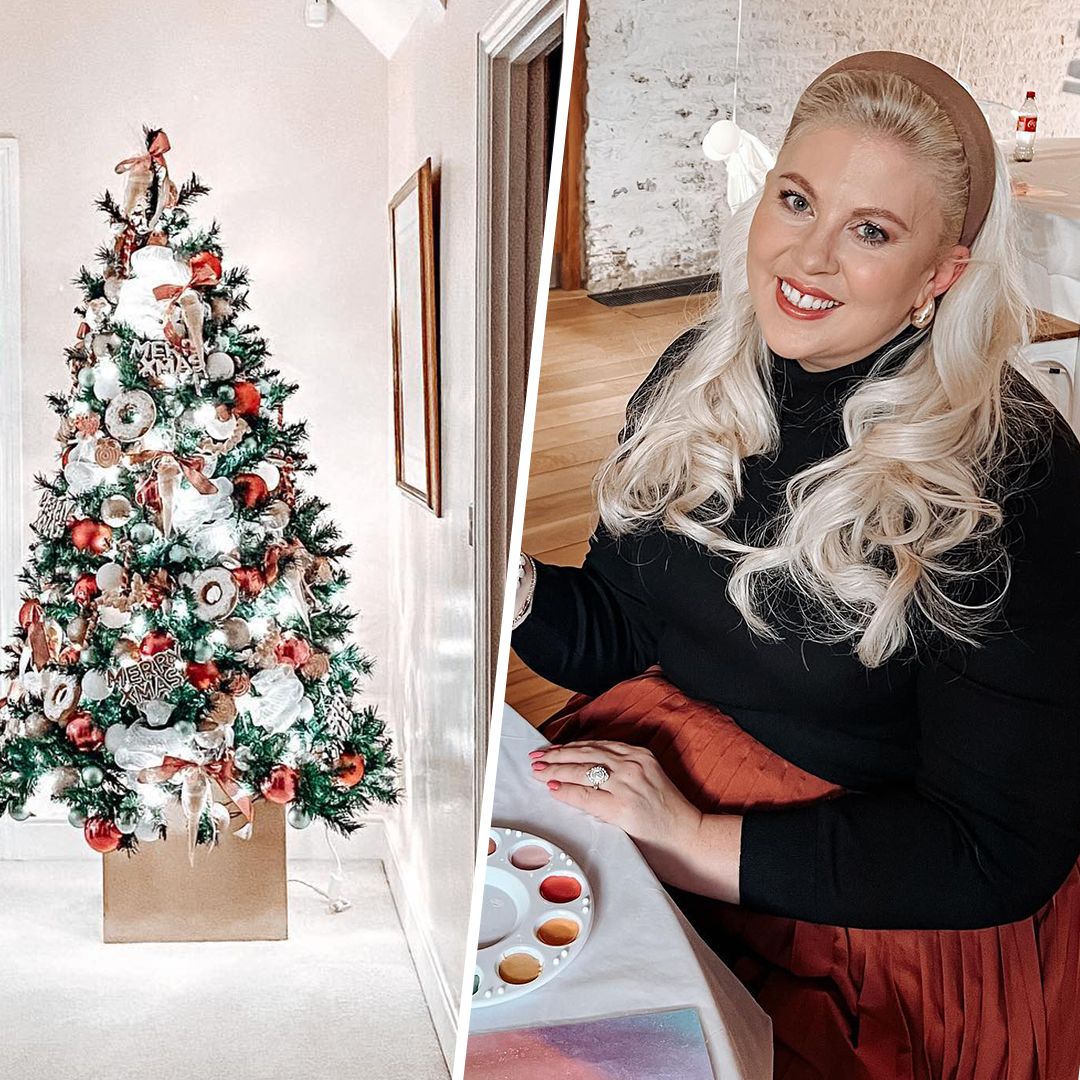Weight gain can be a big side effect of the festive season, so follow our expert advice on how to eat, drink and be merry without carrying it all into the New Year.
Of all the items on your Christmas wish list, weight gain probably won't be among them. But with the average person devouring more than 6,000 calories on Christmas Day alone – on top of an extra 500 calories per day they’re likely to consume in snacks, alcohol, treats and celebratory meals during the festive season – then you could easily find yourself gaining up to 5lb by the time you reach the early New Year.
With this in mind, HELLO! asked the experts at the British Dietetic Association about how to avoid the treat trap. The bottom line is that little things add up when it comes to holiday health…
MEAL PLANNER
If you're going to a blow-out dinner, eat smaller meals in the run-up to the celebration. The following day, cut out treats like dessert or snacks.
FILL UP FIRST
Don't be tempted to load up on fattening party food – instead, eat something healthy and filling before you make your grand entrance, such as a hearty vegetable and bean soup, hummus with oatcakes, or fresh fruit and a yoghurt-based smoothie. As a bonus, you won’t be drinking on an empty stomach – so you will be less likely to have a hangover the next day.
OUT OF SIGHT
Only open one box of treats such as chocolates at a time, rather than having five on the go, and put unopened boxes away. Out of sight, out of mind.
BUFFET TACTICS
If you eat at the buffet, visit it only once, and use a smaller dessert-sized plate. Avoid the high-saturated-fat offerings like sausage rolls and quiche, in favour of fruit, skinless chicken and vegetable crudités.
OFFICE OVERLOAD
It's too easy to hoover up colleagues' Christmas chocolates and sweet offerings. Avoid the office communal treats tray altogether and instead take festive fruit such as satsumas into work.
SMART SHOPPING
When going food shopping, make a list and stick to it. Only buy what you need and don’t even walk down the Christmas aisle. If you want some festive snacks, try plain popcorn, pretzels or vegetable crudités with a low-fat dip.
STARTERS ORDERS
Healthy starter choices include smoked salmon, which is a good source of omega-3 fatty acids, needed to keep your heart healthy. Alternatively, start with a vegetable soup – a further boost to your five-a-day.
TALKING TURKEY
On the big day, remember that turkey is a great source of protein and a low-fat meat. Most of the fat in a cooked turkey will be found in the skin. So why not take it off before you tuck in?
BALANCING ACT
At least a third of your dinner plate should be a variety of vegetables, such as unbuttered Brussels sprouts, peas and carrots. Cook for the shortest length of time possible in the smallest amount of water necessary, or steam or microwave to keep all the nutrients in. Any leftover vegetables can be made into delicious soup which will not only provide nutrition, but will also help curb your urge to snack between meals.
SAUCY SUGGESTIONS
Use a chestnut and/or a fruit-based stuffing, and make bread sauce with low-fat milk. When making gravy, use the water from your cooked vegetables; if using meat juices, let the fat rise to the surface, then skim it off.
THIS LITTLE PIGGY
If it's all the trimmings that are your weakness then grill or roast pigs in blankets alongside your meat, instead of frying them, so you can throw away the extra fat.
SORT YOUR SPUDS
Try dry-roasting potatoes on a non-stick baking sheet, or spray or brush with oil instead of smothering them in goose fat. Cut the potatoes into large chunks, as these will absorb less fat.
ALCOHOL AWARE
Most people tend to drink more over the Christmas period, but alcohol is very energy dense – it's 7 calories per gram, which is almost as much as fat. You particularly need to avoid sweet cocktails, creamy liqueurs and sugar-laden mixers. Try alternating your drink with a glass of water or other calorie-free beverage and, if you do enjoy a short with a mixer, stock up on low-calorie tonics and unsweetened fruit juices. Finally, beware the home measures served in large glasses.
PIE-EYED
The average mince pie contains about 250 calories and that's before it's covered in cream or brandy butter. Remove the lid to cut calories, or try a home-made version. Mince tarts in filo pastry are just as tasty, but with less pastry, so less fat.
JUST DESSERTS
Christmas pudding is packed with fruit and is quite low in fat, so to keep it this way, serve it with low-fat custard or crème fraîche.
SAY CHEESE
Cheese is creamy so you won’t need butter, and a stronger cheese means you can go for a smaller portion. Lower-fat options include Edam, goat’s cheese, camembert or Danish blue. Serve with wholegrain crackers or oatcakes.
TREAT TIME
Christmas is the time of year when most houses have boxes and boxes of chocolates and biscuits to hand. Balance out the treats with some healthy options, such as satsumas and plates of dried fruit, figs and nuts.
• For more healthy eating advice from the British Dietetic Association, visit bda.uk.com.
